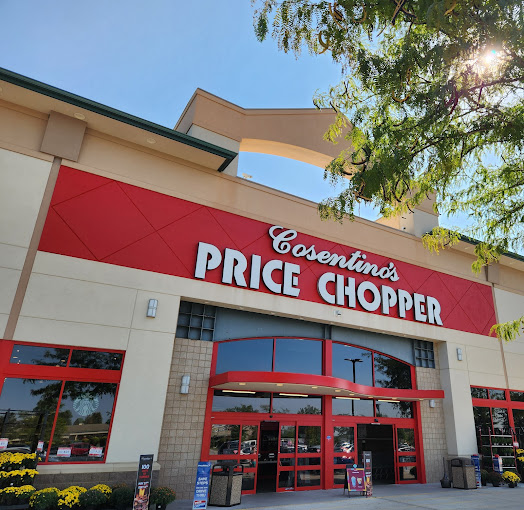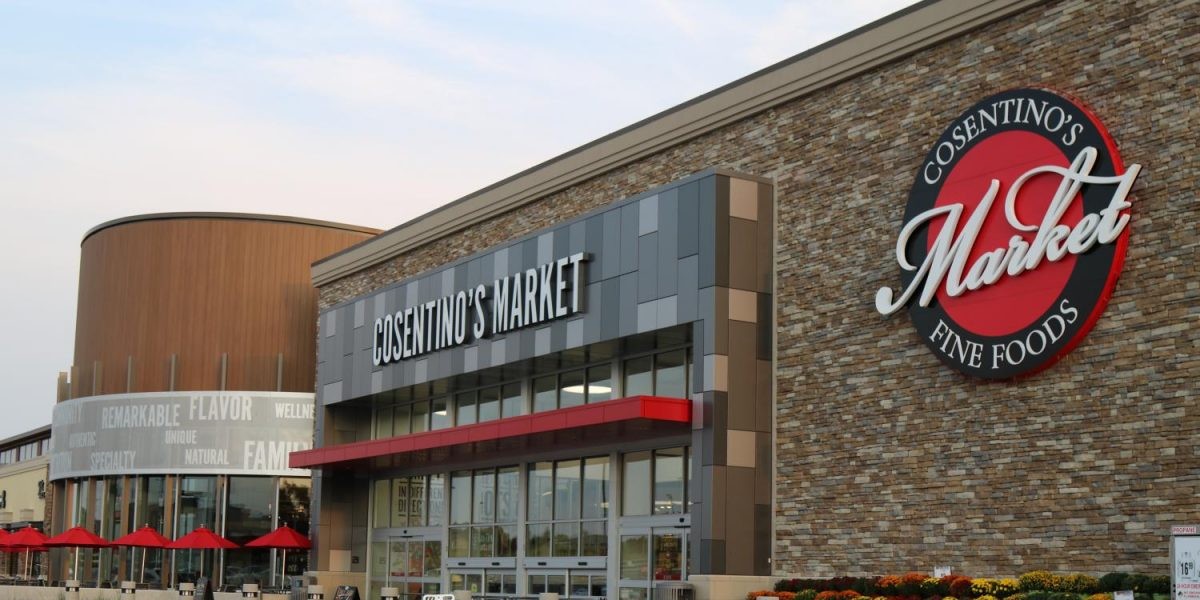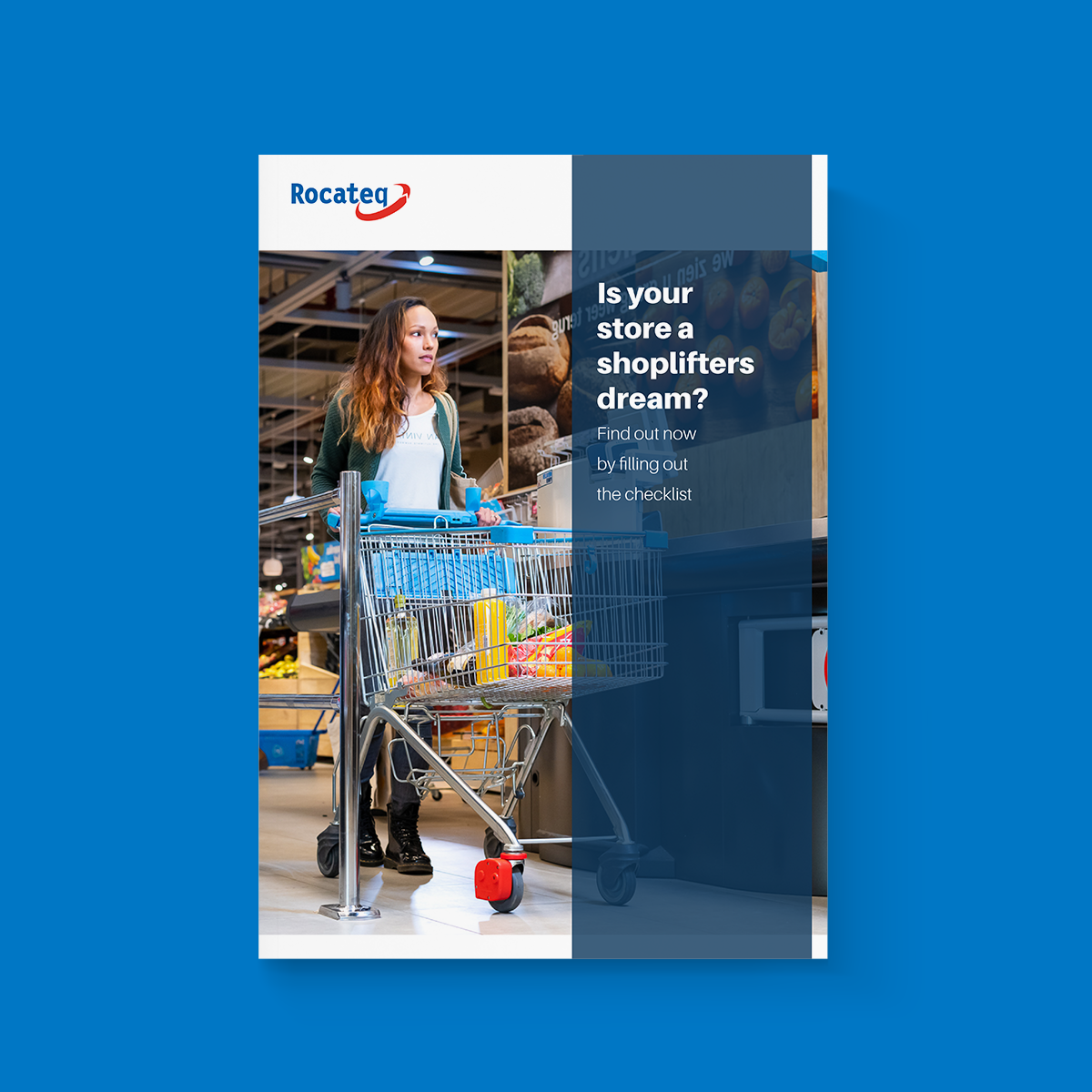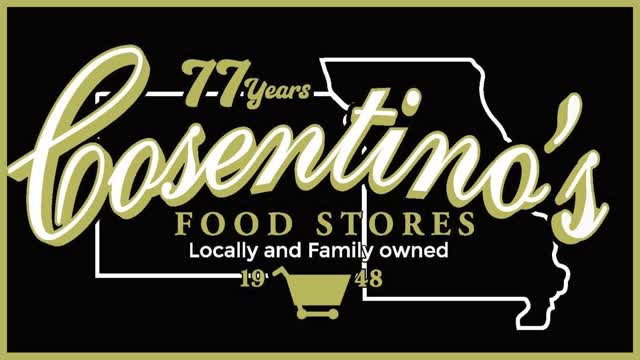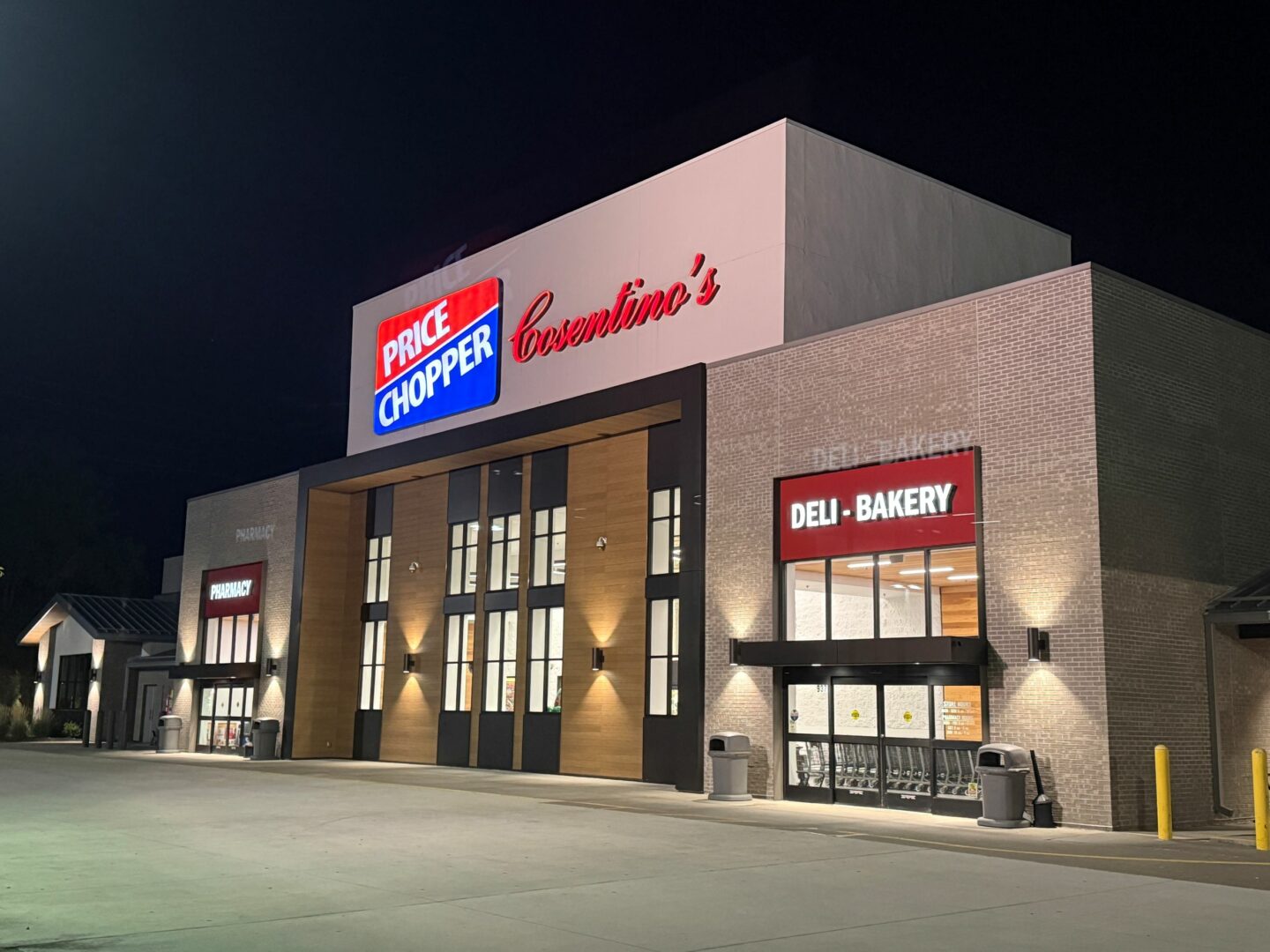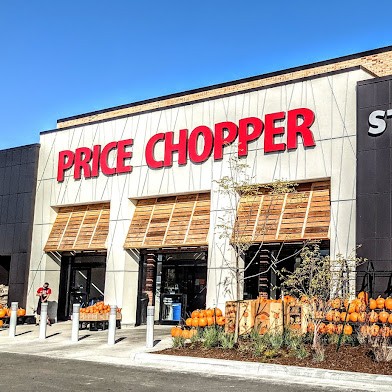Cosentino’s Food Stores began more than seventy-five years ago as a small Kansas City fruit stand and has grown into a family-owned regional grocer with thirty-two locations across Kansas and Missouri. Operating four formats, Price Shopper, Sun Fresh, Apple Market, and Gourmet Markets, the company serves neighborhoods ranging from inner-city to high-income suburbs and is preparing for a third generation to take the helm in the next five to ten years. That growth, however, brought a stubborn challenge to the front end: self-checkout shrink and, more damagingly, full-cart “push-out” theft.
Unlike the classic concealment of twenty to fifty dollars’ worth of merchandise, push-outs were brazen and costly. Everyday shoppers would fill a cart and simply walk out, leaving Cosentino’s to absorb two to three hundred dollars per incident. Store entrances and exits were offset from the front end, which made honest operations flow but left the doors too open and unprotected. Compounding the problem, a prior vendor relationship struggled with miscommunication, slowing progress when speed mattered most.
Read how Cosentino’s achieved measurable results.
Measurable ResultsFind out now by filling out the checklist. More than 2 yeses? Your store is at big risk!
Get the checklistIn 2016–2017, Cosentino’s piloted Rocateq’s Check Out Security. The approach paired an in-store checkout security system with a parking-lot solution outside, tailored by location. Early on, there were snags, inevitable in any real deployment, but the partnership tightened. Rocateq’s team leaned in: response times improved, handoffs were clearer. The company rolled out to five locations, with two more slated by September, one an upgrade, one a new addition, matching the most at-risk sites first.
Every 12 seconds a shopping cart disappears worldwide.
Average value of theft in US dollar with a shopping cart.
The return was measurable and fast. At the original test store, payback landed within the first 12 months of deployment. Loss per incident fell from the two-to-three-hundred-dollar range to about fifty dollars because carts that once exited now locked, and would-be thieves abandoned their goods rather than argue with a steel wheel.
As customers watched those lockups happen, abandoned carts increased temporarily, then attempts tapered after roughly three months as word spread that “this store locks”.
Cart theft, a costly background drain of about five carts per week at some locations, dropped to nearly zero. Cosentino’s validated the gains the simple way: track the value stopped at the door, count the abandoned carts, and compare incident losses before and after. By midpoint math, that’s roughly an eighty percent reduction, consistent with a seventy-five to eighty-three percent range across the stores and weeks reviewed.
The technology matured alongside the rollout. The first wired configuration sometimes armed too close to the entrance; customers grabbing ice or visiting customer service could trigger an inconvenient lock. The shift to Rocateq’s wireless arming—pushing the arming point further into the store, significantly reduced those false positives. Good customers largely understood the bargain: lower shrink and more stable prices for everyone, a safer feeling.
In parallel, Cosentino’s integrated with Auror, their data management platform. That link automated receipt generation and item counting for recovered goods, stitched reports together cleanly, and moved video evidence automatically, turning what used to be tedious manual work into a few clicks. Rocateq’s System Health Monitoring System added another layer, flagging coverage issues proactively so its engineers could fix small problems before they became expensive ones.
Perhaps the most telling feedback didn’t come from dashboards, but from the street. Career criminals and organized “boosters” now avoid the Rocateq locations and target stores without the system, the weakest link principle, spoken aloud by the people who test every weak link. Cosentino’s used that feedback, alongside the numbers, to justify expanding coverage to the remaining sites.
Response times were quick, and communication improved markedly. Even with some distribution realities the on-site assistance remained timely. Rocateq also put structure around quality assurance, to audit recent implementations. Those audits are now expected to be standard practice on future deployments, locking in the consistency that frontline teams appreciate.
For Cosentino’s, a multiformat grocer with a wide customer base, Rocateq has turned chaotic exits into controlled ones, delivering a quick financial return, a visible deterrent, and quieter days at the front end.
“Rocateq paid for itself in under a year,” says Cosentino’s Chris Vandiver, Director of Loss Prevention. “Our push-out losses dropped to about fifty dollars per attempt, cart theft basically disappeared, and boosters now avoid our Rocateq locations. The wireless arming solved our early customer friction, and the Auror integration saves real labor every week.”
Discover 6 reasons to invest in our Check Out Security system and see how it protects your store and boosts profitability.
VIEW ALSO

